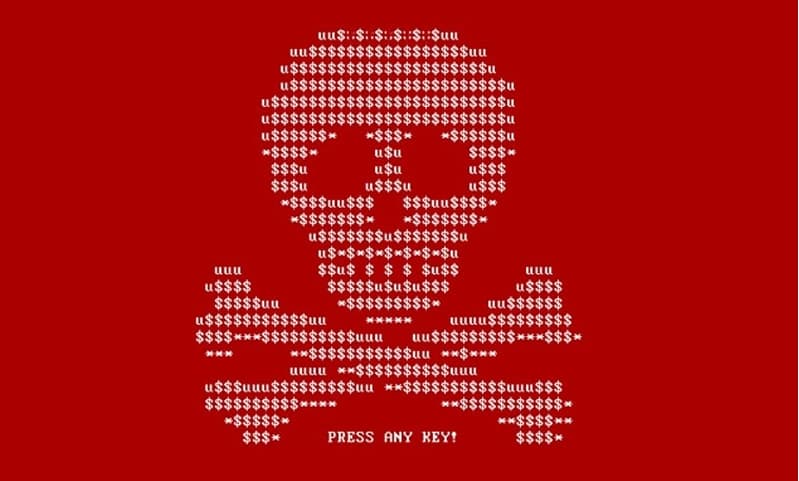Part One of our Cryptography Series
Cryptography dates all the way back to the times of Julius Caesar. In the simplest terms, the science of cryptography is the scrambling and unscrambling of written messages between two individual parties.
These individual parties can be referred to as the sender and the receiver. The former creates the text and scrambles it into an undecipherable state, the latter then receives the text and unscrambles it into a decipherable format.
If we were to do this with the phrase “I LOVE YOU,” the sending party would scramble this message by rearranging the letters to “UYO I VEOL”. This message would then stay in this scrambled format while it is in transit, until it is received by the receiving party. The receiving party would then unscramble the message, so it once again read “I LOVE YOU.” If this message were to have been captured by a malicious third party, the content would be rendered as useless and totally undecipherable.
Cryptography can be defined as “. . . creating written or generated codes that allow information to be kept secret. Cryptography converts data into a format that is unreadable for an unauthorized user, allowing it to be transmitted without unauthorized entities decoding it back into a readable format, thus compromising the data.”
Scrambling and unscrambling are also known as “encryption” and “decryption” respectively. For instance, the written message of “I LOVE YOU,” when it is scrambled by the sending party, becomes what is known as the “encrypted message” (this is the encryption step). This means that it has been disguised in such a manner that it would be totally meaningless to an unauthorized recipient.
When the receiving party receives this encrypted message, it must be unscrambled into an understandable and comprehensible state of context. This process of unscrambling is also known as “decryption”. There are specific terms which are used for the encrypted message as well as the decrypted message.
For example, the decrypted message, when it is returned to its plain or original state of context, it is known as the “cleartext” or the “plaintext”. When the decrypted message is once again encrypted back into a garbled and undecipherable state, this becomes known as the “ciphertext.”
To illustrate all of this with the previous example, “I LOVE YOU” is the plaintext or the cleartext, and “UYO I VEOL” is the ciphertext.
At this point, the question often gets asked is how does the sending party actually encrypt the plaintext and how does the receiving party then actually decrypt the ciphertext? The answer to this question will be examined in detail in a future blog. Stay tuned!


